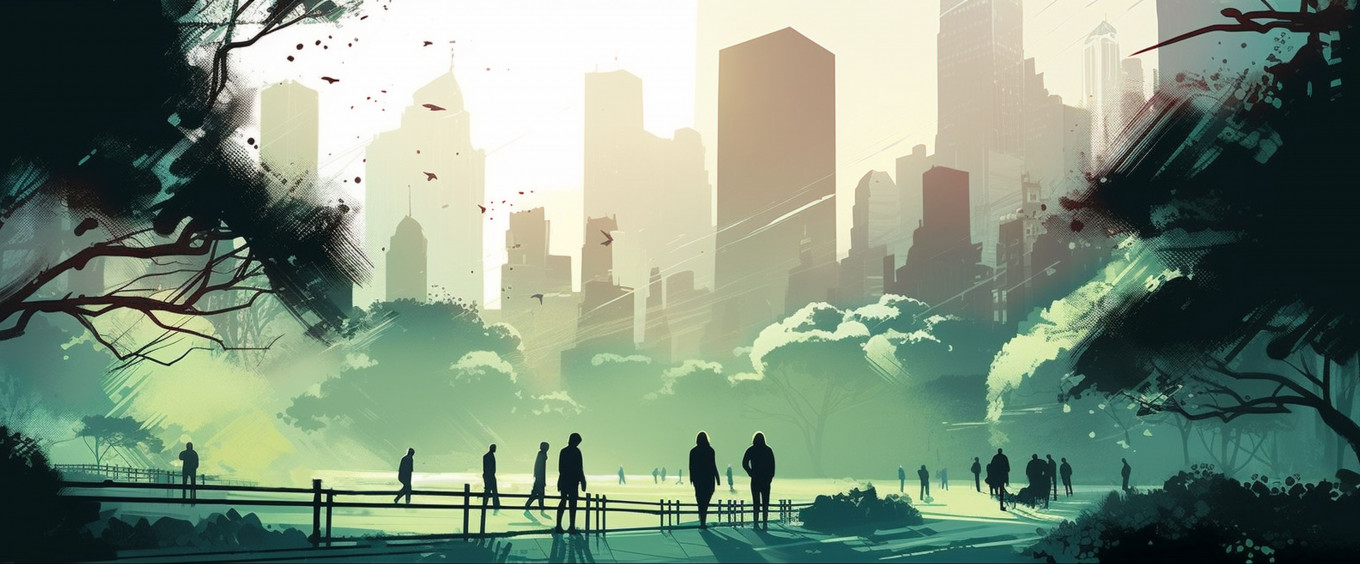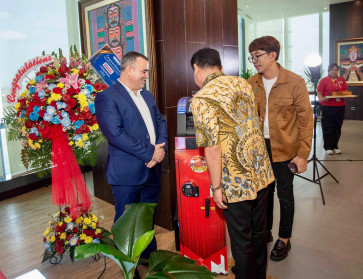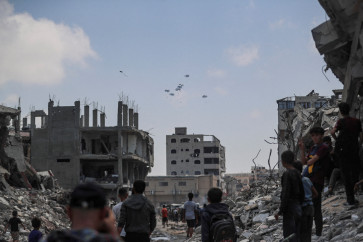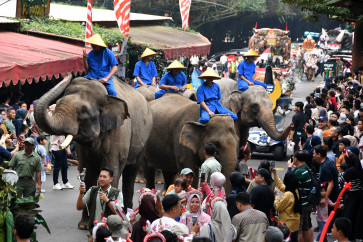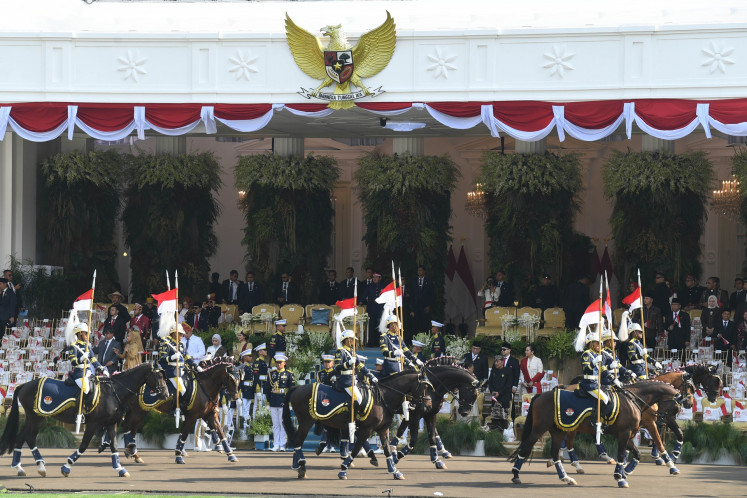Popular Reads
Top Results
Can't find what you're looking for?
View all search resultsPopular Reads
Top Results
Can't find what you're looking for?
View all search resultsWork It Right: Park(ing) and recreation
As a metropolitan city with a population of 11 million, only 0.5 percent of the total area of Jakarta is public space in the form of parks (a type of green open space)!
Change text size
Gift Premium Articles
to Anyone
Work It Right is a weekly column that provides practical and insightful advice on the complex area of urban transportation.
Do you ever wonder about living in the center of the city and having a huge free public space like Central Park? I do.
Unfortunately, Jakarta has yet to make a plan to provide this.
The need for FREE open public space has become urgent, especially during the pandemic. The World Health Organization released COVID-19 guidelines that mentioned avoiding closed, narrow or packed rooms or areas with bad ventilation to decrease the COVID-19 risk. In 2018, The Bernard van Leer Foundation’s Urban95 initiative sought to make lasting changes to city landscapes and in the opportunities that shape the crucial first five years of children’s lives, by identifying and scaling ideas to change the way families with young children live, play, interact and move through cities. The Urban95 initiative, which consists of urban designers and planners, listed what babies and toddlers need to live a healthy life in a city:
- Frequent, warm, responsive interactions with loving adults and a safe, stimulating physical environment to explore.
- To experience the world at a much smaller scale and have a dependent and far shorter range of mobility than a typical city dweller.
- Babies and toddlers are particularly vulnerable to air and noise pollution.
- They need to regularly visit early childhood services such as well-baby clinics and childcare.
- And are always to be found with their caregivers.
And this all means walkable neighborhoods that cater for the basics a young family needs, public spaces close to home that attract all generations while allowing small children to explore safely and reliable transportation that makes it easy, affordable and enjoyable for families with young children to travel to where they need to go.
Sadly, public spaces in Jakarta are very limited, in both quantity and access. The housing issue is similar. The rapid expansion of cities and towns, usually called the urban sprawl, increases reliance on the private automobile for transportation. With the lack of prioritization of public transportation, congestion is unavoidable.
Claiming people-space in the city
As a metropolitan city with a population of 11 million, only 0.5 percent of the total area of Jakarta is public space in the form of parks (a type of green open space)! This means only 3.2 square kilometers of the city is park land. Ironically, an additional 47 sq m of open space is reserved for motorized vehicles all day – it is called parking space. In the Dukuh Atas area, there are more than 18,000 parking spaces inside buildings (off-street), meaning more than 150,000 square meters of space for private motorized vehicle parking. Each building’s parking facility has less than 60 percent occupancy. As people are squeezed on the commuter train and TransJakarta every day, and the younger generation complains about high house prices, we sacrifice space in the city to accommodate inanimate objects daily.
So, what if the parking space was converted into space for people? Generally, the land area on the building boundary line (GSB) is used for parking and vehicle circulation, called the setback area. This also happens a lot in buildings located in downtown Jakarta, even though, on average, these buildings already have an in-building parking area that can accommodate a drop-off area.
Now let us imagine these scenarios. If we transformed these setback parking slots into a shophouse, which usually caters to two parked cars, we could have an extra 25 sq m outdoor space or equivalent to be used by six people. For larger low-rise buildings like restaurants with eight parking slots, the area reaches 100 sq m or equivalent to accommodate 24 people. The number rises even more for high-rise buildings. Outdoor parking spaces alone can take up over 250 sq m, or equivalent to a space for the activities of 60 people!
Transforming setback parking into public spaces would not only give more space for people to do outdoor activities, but also activate the building frontage. This would create a boundless transition between pedestrian walkways and the building’s front yard, creating an even larger open space that, eventually, could also be designed as a green public space. It may sound insignificant compared with opening up a whole area as a park, but if a whole block of buildings in Sudirman, for example, transformed its outdoor parking spaces into public space, I can already picture it as Jakarta’s version of Central Park.
— Have a question about urban transportation? Send it to wir@thejakartapost.com with your name and current location (anonymous submissions may also be considered.) Please note that The Jakarta Post reserves the right to edit your letters for publication.
***
The author is a senior communications and partnership manager at the Institute for Transportation and Development Policy (ITDP).

